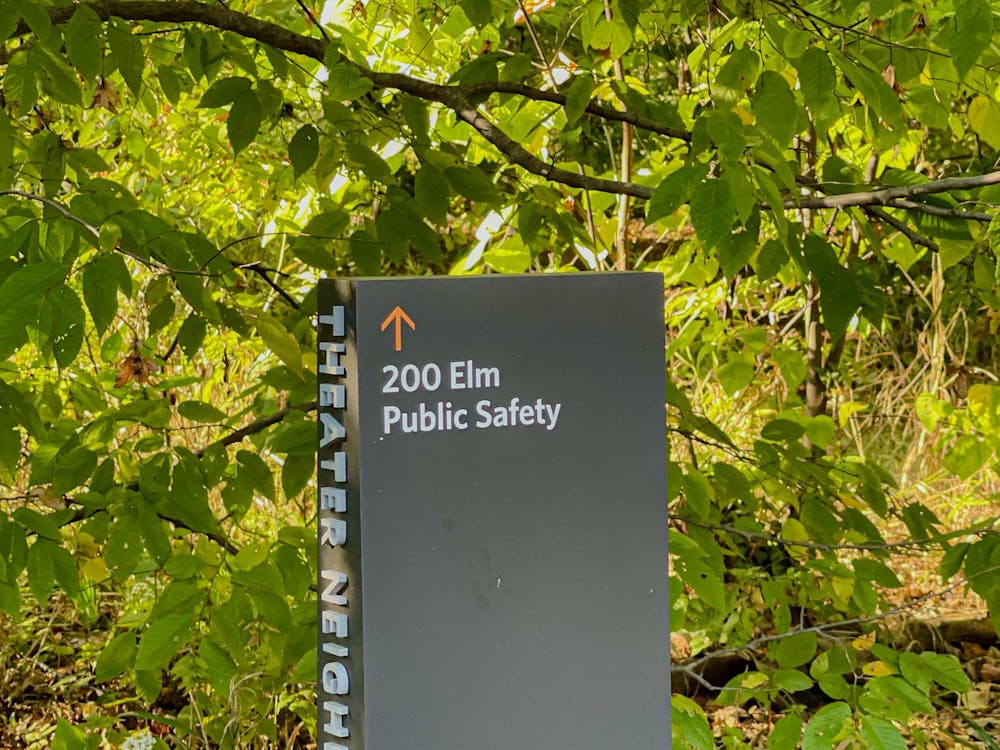The name "Princeton" often evokes images of suburban, upper-middle class affluence and privilege. Many University students have indeed attended first-rate suburban public schools, or independent or parochial high schools that afforded them a wide range of opportunities and resources. Yet some students have attended less equipped schools and, with hard work, still managed to gain admission to the University.
"The block you are born on dictates the elementary school, middle school and high school you will attend," said Undergraduate Dean of Admission Fred Hargadon. "If those are great schools, you're lucky. If they're not good schools, it's a tougher road ahead."
The gap in quality between inner-city and suburban schools has widened in recent years, as those people who can afford to leave the inner cities have done so in droves. This has left inner-city schools with few resources for their students, often creating a self-perpetuating educational void. Students from these schools often find themselves less prepared for college than those who attended better funded schools.
Marco Salazar '03, for example, attended an all-boys, inner-city Catholic high school in Chicago. The school closed after his class graduated, due to a lack of enrollment and of funds.
"Our funds were always very limited and it was a major disadvantage," Salazar said. "There were some very good teachers that made the best with what they had, but I feel that I still came here [to Princeton] at a disadvantage."
Salazar said he believes that the academic preparation he received in high school was far less intense than that of many Princeton students.
"Everything we used was outdated. I feel that most of my peers here at Princeton went to schools where money was not an issue, and I wasn't as well prepared," he said. "I am proud of coming from the inner city, but I wish that money had not been an issue with our high school."
Duane Davis '03 attended a public inner-city high school in Texas, where he also encountered a lack of resources and other serious problems. Many students were involved in dealing drugs or in gangs, while academics faded into the background.

"I feel that most students from inner-city schools don't make it to places like Princeton because school isn't a huge priority," Davis said. "Those who do succeed, I find it's because they hate the situation they're in and they feel academics is their only ticket out."
Davis said that most of his friends stopped their education at the highschool level. The few who did go to college went for athletics. The rest either went straight into the work force, struggling to make a living, or pushed drugs to get by. Davis used incredible self-motivation to transcend limited resources.
"For the most part, I prepared myself by reading all of my textbooks cover to cover," he said. "I couldn't tell you how many textbooks I stole and returned to the school just to be able to finish them. And after all of that, I still wasn't prepared for the amount of work and studying it takes to succeed at Princeton."
The resources available to students, both academic and extracurricular, vary greatly among high schools. While some schools offer rigorous honors and Advanced Placement courses in many subject areas, others have neither the money nor the manpower to offer any such classes. Likewise, some schools have the latest high-tech laboratory equipment, new uniforms for sports teams, updated textbooks and highly skilled teachers, while some schools have none of these.

For this reason, Hargadon said, the undergraduate admission office considers how well students have used the resources available to them. This approach includes seeking out students who have performed exceptionally well in the face of adversity.
"[These students] seem to us to have the potential, the drive, the moxie, to make the most of the resources available to them at a place like Princeton, if given the opportunity," Hargadon said.







